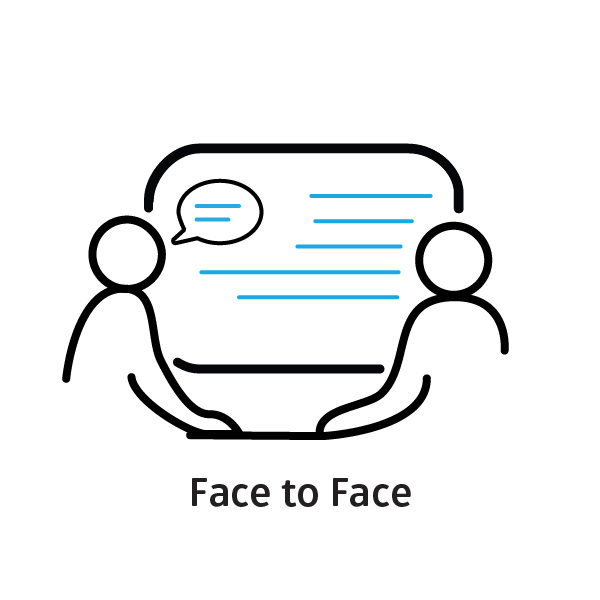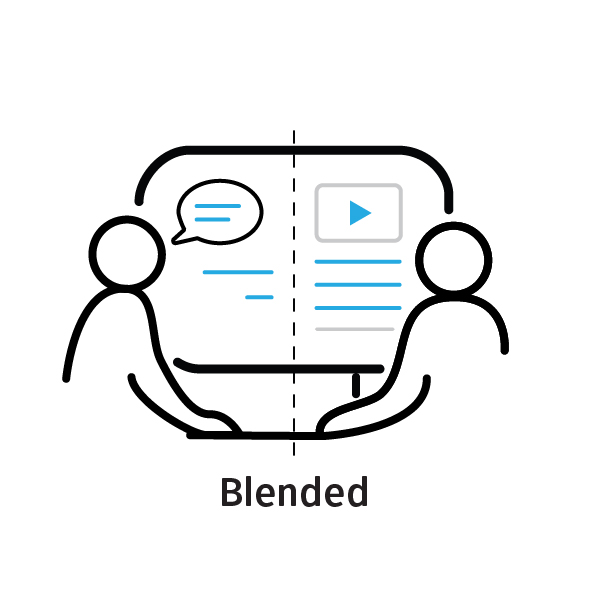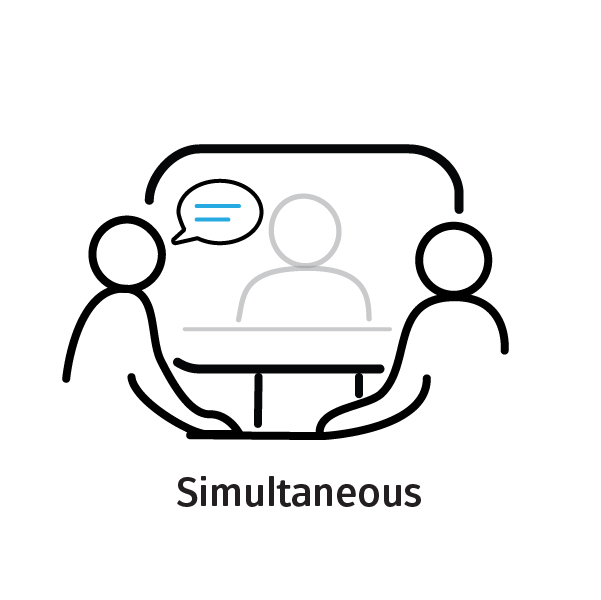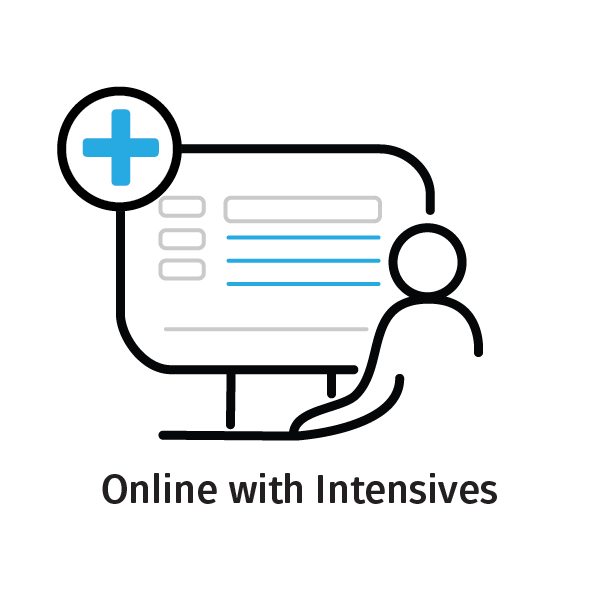
Modes of Delivery
The University of Newcastle recognises 3 modes of delivery for on-campus courses (Face to Face, Blended, and Simultaneous) and 3 modes of delivery for online courses (Flexible Online, Scheduled Oline, and Online with Intensives). While no taxonomy can accurately capture the specific nuances of every possible course delivery style, these six definitions have been developed to better reflect (and communicate) the range of courses on offer.
The distinction in modes is largely derived from two course aspects. These are:
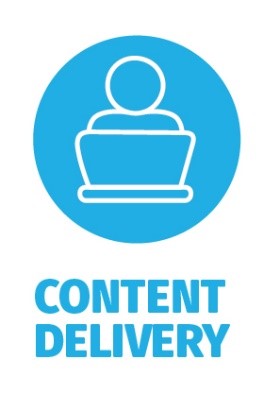 | How students will be presented with course content, and how they will engage with relevant course content | |
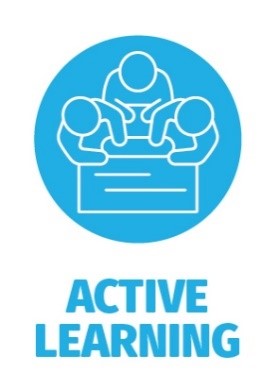 | How students will apply the relevant concepts to develop the skills and knowledge required to demonstrate attainment of the course learning outcomes |
In some cases, it will be desirable and appropriate for students to have a fully face to face on campus experience, being presented with content through traditional lectures and engaging with the materials through in-person labs, tutorials, and workshops. Other courses may lend themselves more to blended delivery with self-paced consumption of content via Canvas supplemented with active learning via in person sessions. Particularly in the postgraduate space, courses might be most appropriately delivered fully online with students working through the course at their own pace.
Regardless of mode of delivery, teaching and learning activities should be designed and delivered with a focus on engagement and interaction rather than passive consumption of content. This set of resources has been developed to assist teaching staff in determining which mode of delivery might be most appropriate for their course, and to develop their course to the highest possible quality.
On-Campus Courses
Across all on campus course modes students will be required to attend regular, timetabled, in person sessions (content delivery, active learning, or both) supplemented by a high-quality digital experience delivered via the Learning Management System (for more information, see Course Site Quality Principles).
Face to Face
Students attend traditional in person lectures and engage in active learning during in-person tutorials/labs/workshops. Course delivery is supported by Canvas course sites, which should be set up with consideration of pre and post class activities to supplement in-person sessions.
Blended
Students do not attend any traditional on-campus lectures. Students can access and engage with content via Canvas (e.g. text, video, podcasts, readings, slides, etc). Students engage in active learning during in-person tutorials/labs/workshops. Course delivery is supported by Canvas course sites, which should be set up with consideration of pre and post class activities to supplement in-person sessions.
Simultaneous
Students must attend at least one in-person session each week. Students attend traditional in-person lectures and engage OR participate via simultaneous webcast. They engage in active learning during in person tutorials/labs/workshops OR participate via simultaneous web conference. Course delivery is supported by Canvas course sites, which should be set up with consideration of pre and post class activities to supplement in person sessions.
Online Courses
Across all online course modes, the focus should be on developing a course that allows students to progress in a self-paced rather than educator-led fashion. While this self-paced access to content and materials may be supplemented by regular online (Online Synchronous) or one off in-person (Online with Intensives) collaborative sessions, online courses will typically be developed to allow students significant flexibility to complete the course around their other work/life commitments. Online courses delivered via the Learning Management System (for more information, see Course Site Quality Principles).
Flexible Online
All interaction with peers, content and educator is via Canvas, with no timetabled sessions. Learning is self-paced, within the constraints of a typical term (including fixed assessment dates). Canvas course sites should be set up with a focus on flexible options for accessing and interacting with content. Interaction with peers and educator is via asynchronous channels such as discussion boards.
Scheduled Online
Interaction with peers, content and educator is primarily self-paced via Canvas. Students and educator come together in regular timetabled online sessions (e.g. webinars) to discuss and apply concepts. Canvas sites should be set up with a focus on flexible options for accessing and interacting with content. Scheduled online sessions are supplemented with asynchronous channels such as discussion boards within Canvas.
Online with Intensives
Interaction with peers, content and educator is primarily self-paced via the Canvas. Once or twice per term, students and educator come together in timetabled in-person sessions (e.g. seminars, workshops) to discuss and apply concepts. Canvas sites should be set up with a focus on flexible options for accessing and interacting with content. Face to face sessions at key times in the term are supplemented with asynchronous channels such as discussion boards.
The information in these resources supports the University of Newcastle Modes of Delivery for Courses as outlined in the Course Assessment and Grading Manual and Course Design and Management Manual.
The University of Newcastle acknowledges the traditional custodians of the lands within our footprint areas: Awabakal, Darkinjung, Biripai, Worimi, Wonnarua, and Eora Nations. We also pay respect to the wisdom of our Elders past and present.
